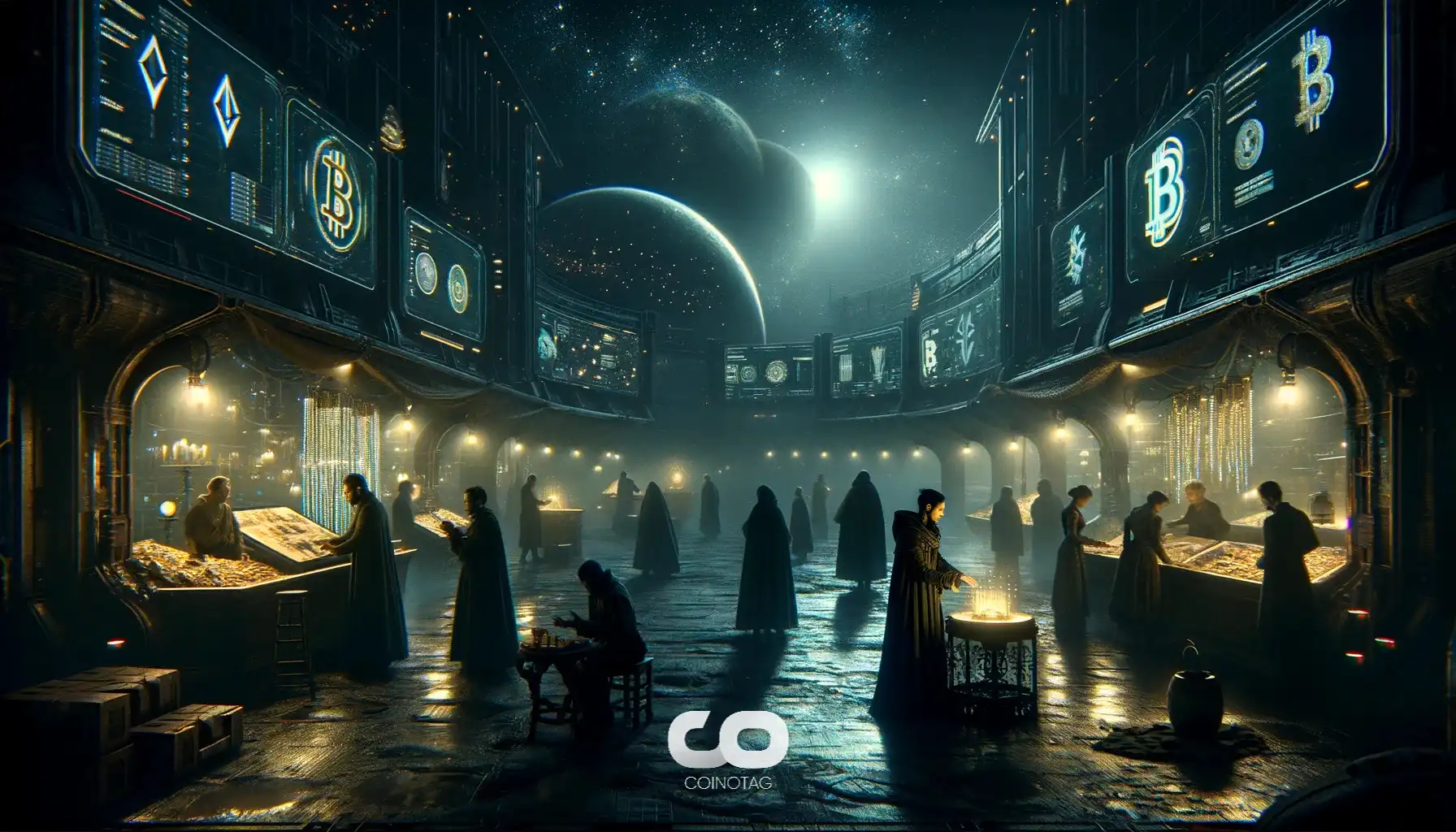Struggling to memorize the 7 strong acids? We’ve created a series of short, engaging videos to help students understand and remember each acid by bringing them to life with stories, humor, and context. Below is a list of the 7 strong acids, each linked to its corresponding video. These videos are perfect for high school and AP Chemistry students and teachers looking for fresh, memorable ways to explore acids and their properties.
Join us on TikTok: tiktok.com/@viziscience
Cartoons
| Strong Acid | Video |
|---|---|
| Hydroiodic Acid (HI) | Video #1 |
| Sulfuric Acid (H₂SO₄) | Video #2 |
| Perchloric Acid (HClO₄) & Chloric Acid (HClO₃) | Video #3 |
| Hydrochloric Acid (HCl) vs Hydrobromic Acid (HBr) | Video #4 |
| Nitric Acid (HNO₃) | Video #5 |
Video #1: Hydroiodic Acid (HI)
The series kicks off with Hydroiodic acid (or hydriodic acid). In this video, we explain how the small hydrogen atom is bonded to the much larger, more electronegative iodine atom. As a strong acid, hydroiodic acid completely dissociates in water, and we explain exactly what that means. Since HI belongs to the halogen group, we compare it to hydrofluoric acid (HF), showing why HF is a weak acid despite both acids belonging to the same group.
Return to Top
Video #2: Diprotic Acid (H₂SO₄)
Next, we introduce sulfuric acid (H₂SO₄), the only diprotic acid to make it into the strong acid league. This video explains how the first dissociation of sulfuric acid is strong, but the second dissociation behaves more like a weak acid. Dive into how sulfuric acid behaves uniquely in solution!
Return to Top
Video #3: Perchloric Acid (HClO₄)
Perchloric acid (HClO₄) tops the strong acid chart. In this video, we introduce the concept of resonance, where the charge left by the departing hydrogen atom is spread across the four oxygen atoms. This spreading out of the charge helps stabilize the remaining acid, making it easier for the acid to stay dissociated. We also hint at chloric acid (HClO₃), which sits at the bottom of the strong acid chart. Associating HClO₄ at the top and its cousin HClO₃ at the bottom will hopefully make it easier for students to remember their relative strengths.
Return to Top
Video #4: The Great Debate: HCl vs HBr
In this fun debate video, hydrochloric acid (HCl) and hydrobromic acid (HBr) argue about who is the stronger acid. The video explains why HBr has a longer and weaker bond, but that doesn’t make it a weaker acid! Because bromine is a larger atom, the bond between hydrogen and bromine is longer, making it easier for the hydrogen ion to dissociate. We debunk the common misconception about bond strength and acid strength.
Return to Top
Video #5: Nitric Acid (HNO₃)
We wrap up with nitric acid (HNO₃), known for being a strong oxidizer. This video covers its uses and why it reacts so vigorously with certain materials. Despite its reactivity, nitric acid is a strong acid that dissociates completely in water, making it both dangerous and fascinating in the world of chemistry.
Return to Top









Leave a Comment